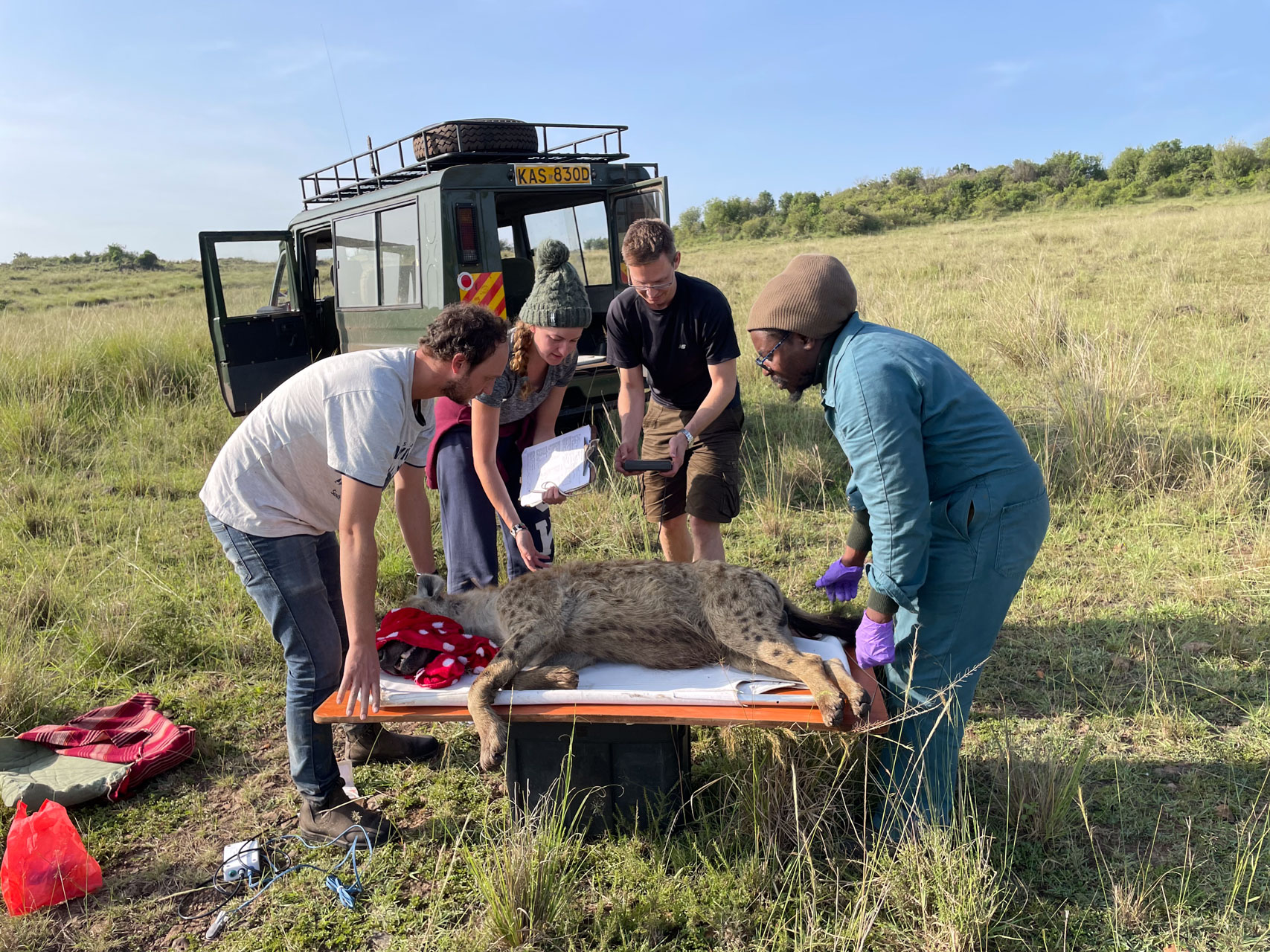
Recently, I had the privilege of going on two game drives with the team from the Mara Hyena Project, led by the brilliant Jana Woerner. Conducting her PhD at the Holekamp Lab through Michigan State University in the US, she is specialising in behavioural ecology and the social structure of hyenas.
Jana is part of one of the longest ongoing wildlife studies in East Africa, established in 1988. For decades, a team has been going into the Mara Triangle monitoring several hyena clans anywhere from 10 to 14 times a week, from 05h00-08h00am and 17h00-20h00pm. It's been four years since we last caught up with the team from the Mara Hyena Project, so I was delighted to be invited along to see what they do and what I could document.
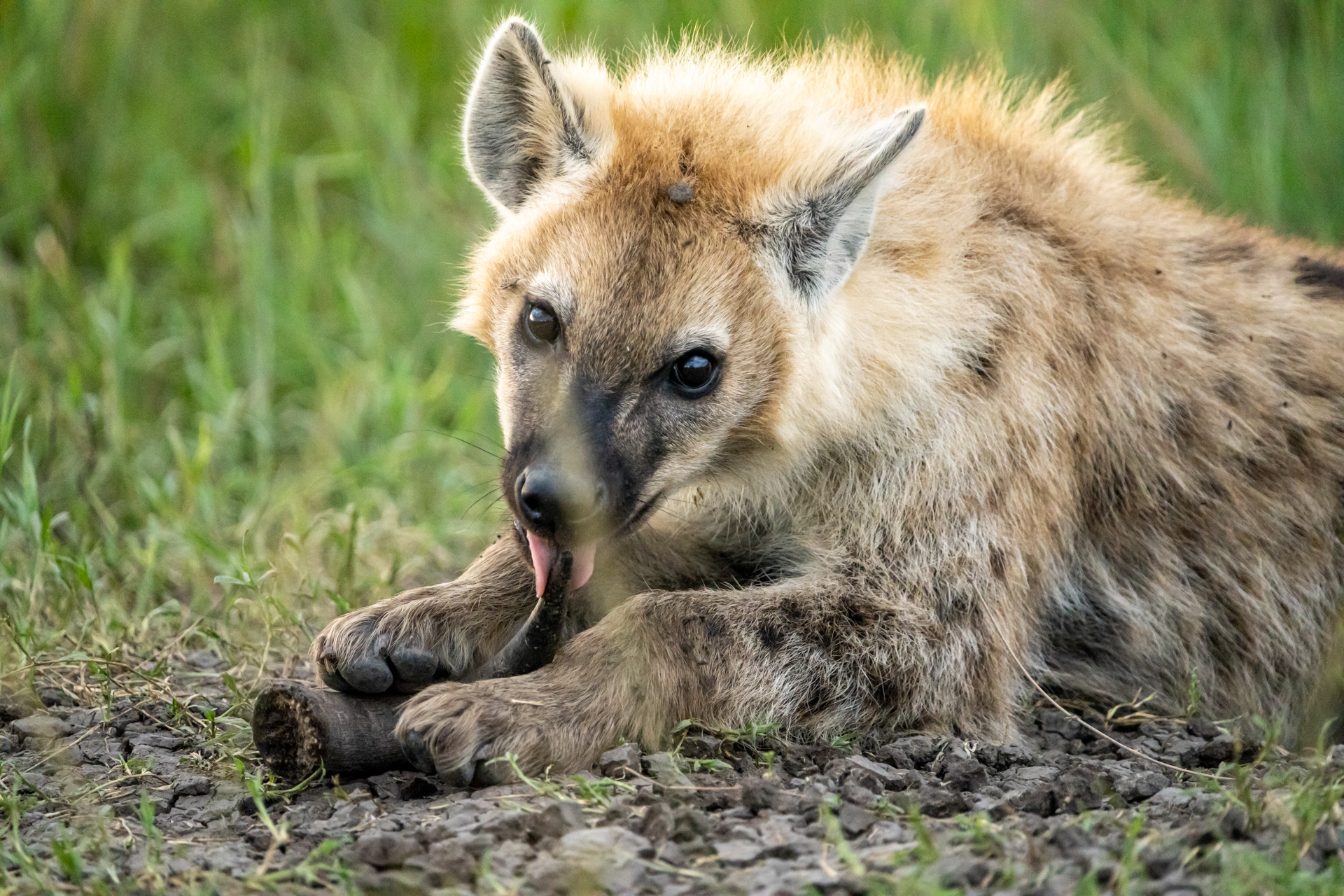
After driving to Fisi Camp ('hyena' in Swahili) near Serena Lodge in the Mara Triangle, we promptly left for a drive at 17h00pm where I was handed a booklet filled with pages of identified hyenas — all part of the North Clan — and a strong Maglite flashlight. There are estimated to be 400 spotted hyenas in the Mara Triangle which play a vital role in the ecosystem. Clans can range from 6 to 90 members in a purely matriarchal society; males are smaller in size, less aggressive and will leave clans to mate. The fission-fusion (splitting up and coming together) and 'youngest ascendancy' social hierarchy of hyenas is truly fascinating. In many cases, a cub will have a higher rank than older individuals as hyenas are not born with social rank, but inherit a combination of genes and hormone exposure with social support exposure.
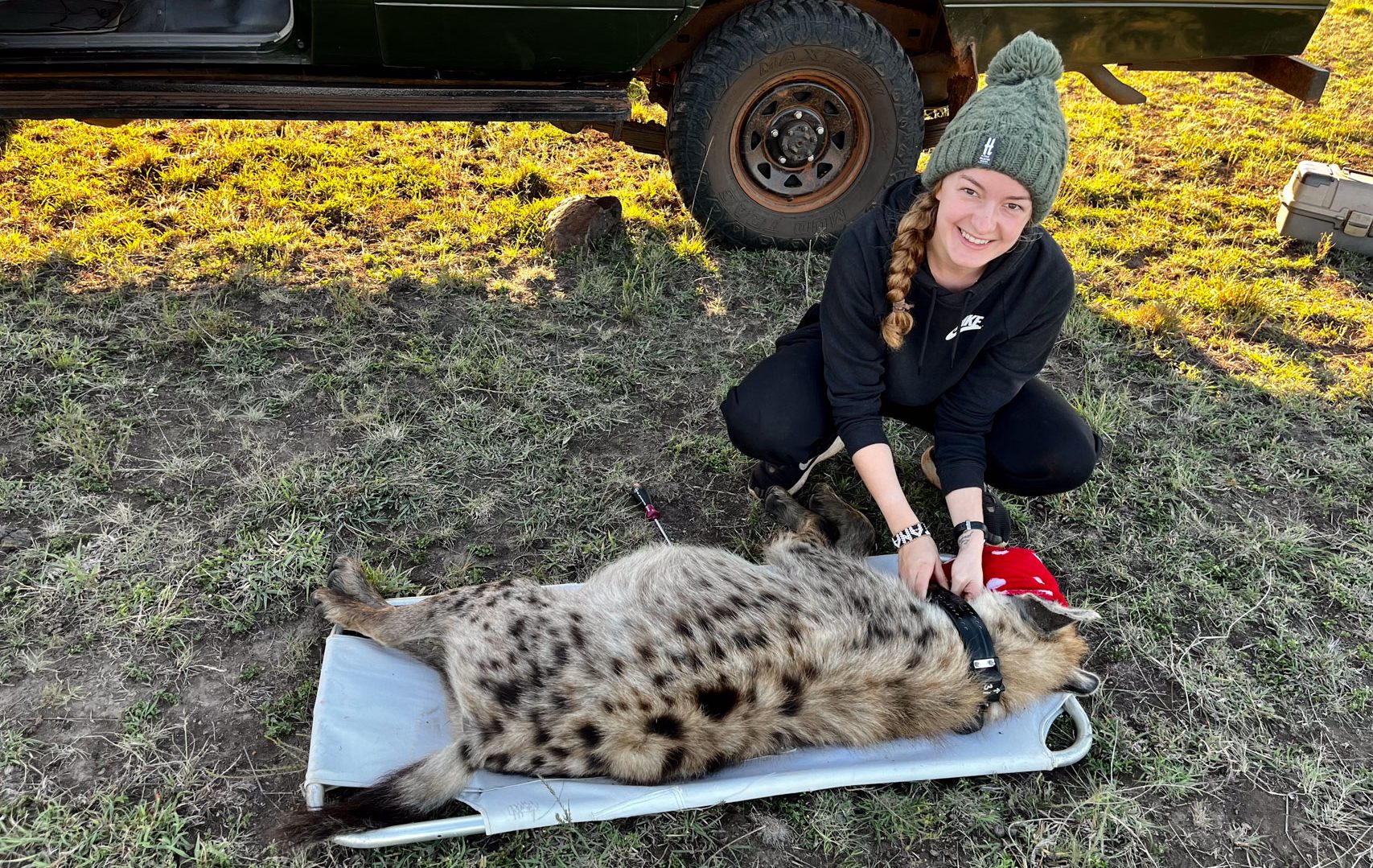
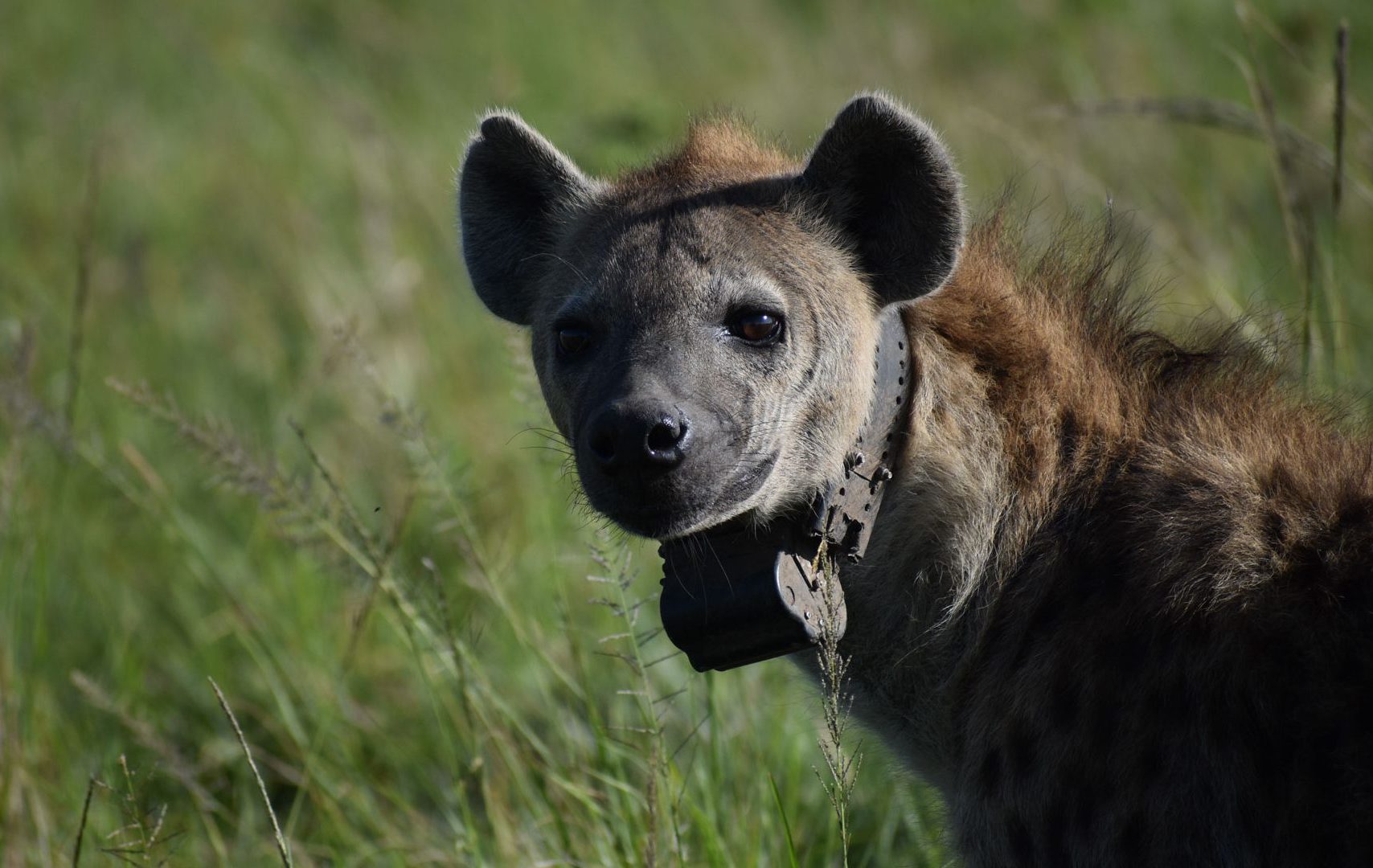
As part of the research, the team has collared 25 adult hyenas and has a plethora of audio, visual data, and live GPS information. All this is part of a larger coordinated study that will include animals with similar social structures from around the world. The team here has developed a detailed method of identifying the animals using the spots on their coat and tears on their ears. Back to the drive: it is structured in two parts, one searching for predators who might have an impact on the hyena population (such as lions) and the other at specific den sites.
We drove towards the Hippo Pools area and found two lions sleeping, noted their location and moved on. Driving to the South Clan territory we saw four adults and eight cubs. They were completely comfortable around the research vehicle as we observed them with the research team taking audio notes of every social behaviour and interaction witnessed.
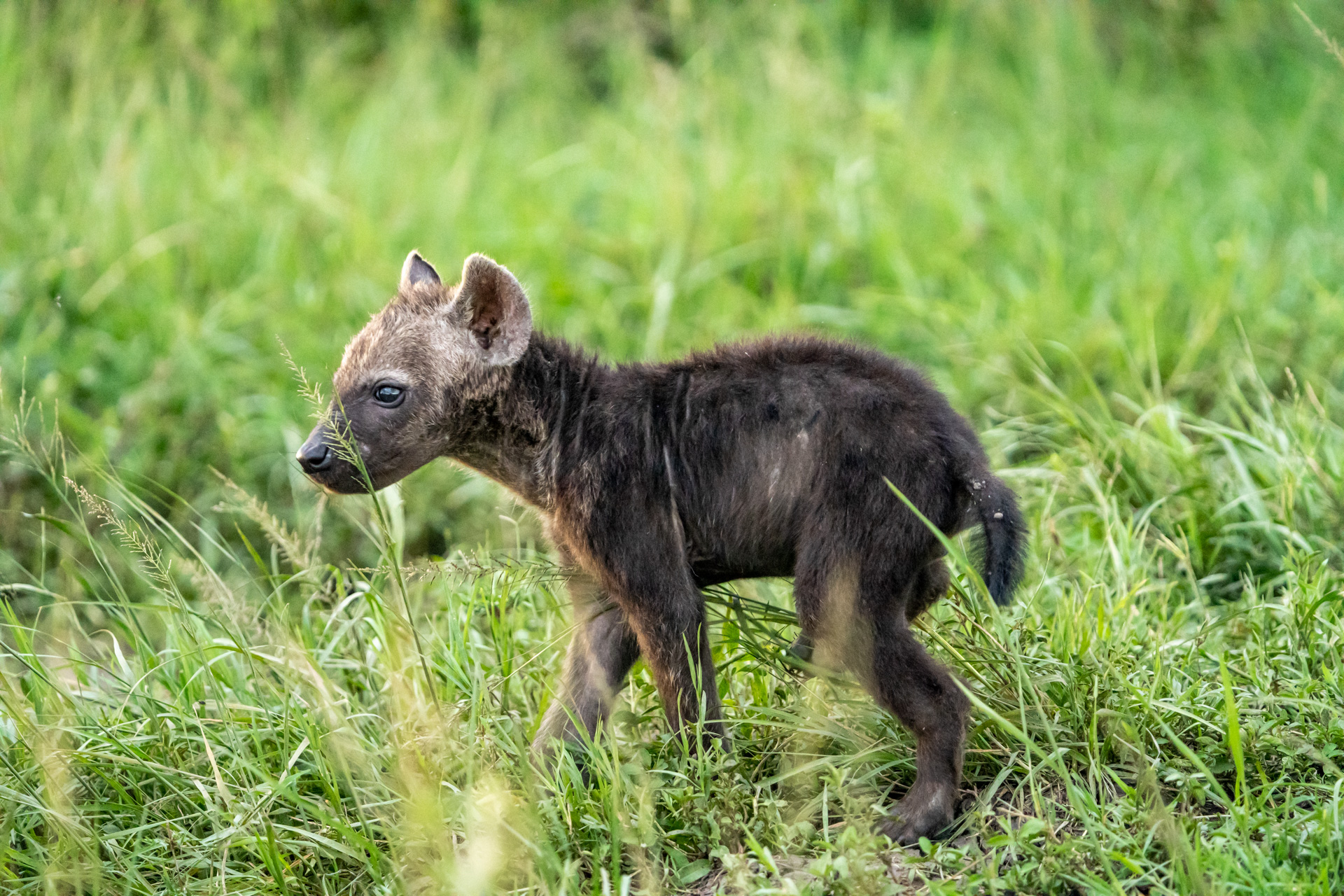
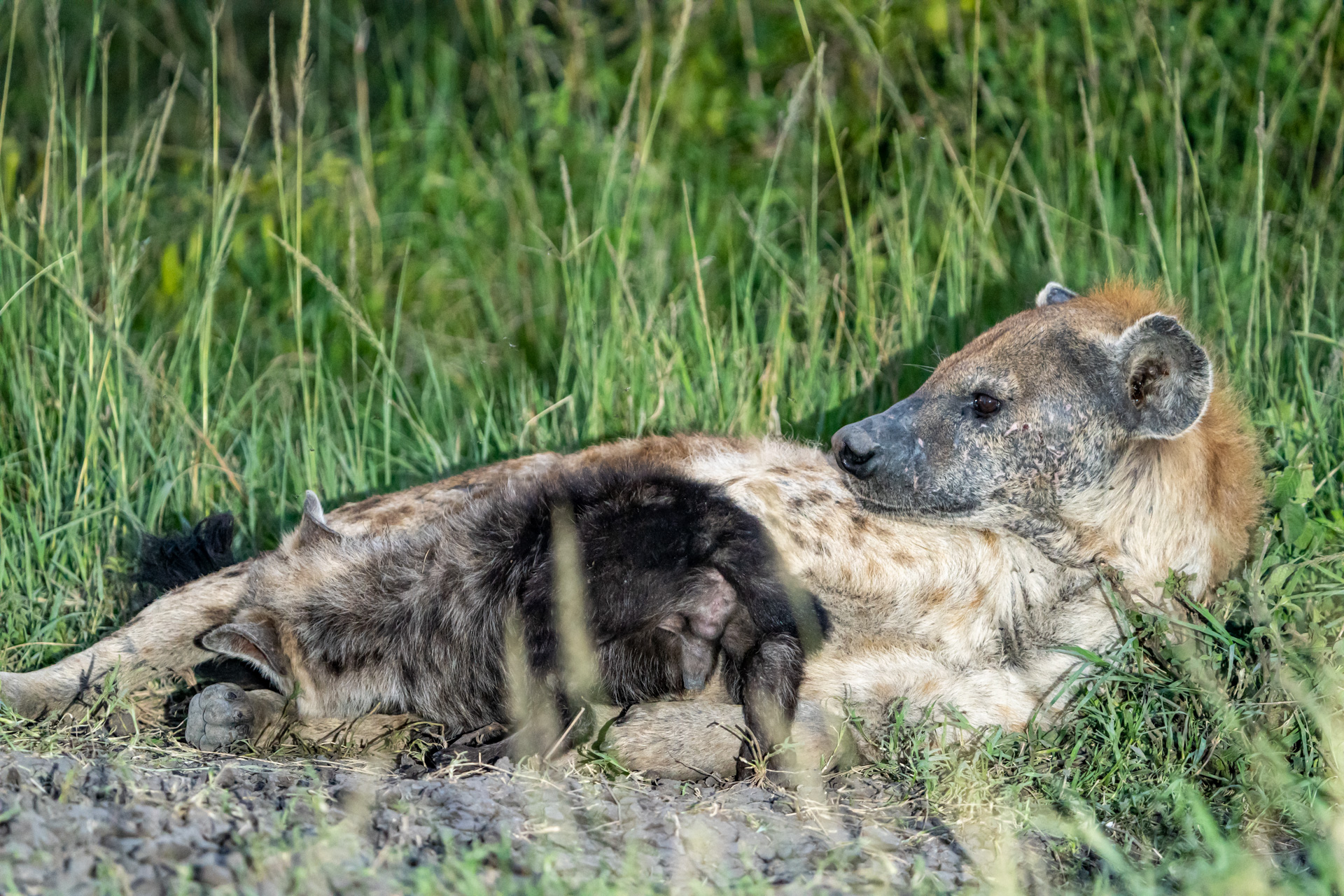
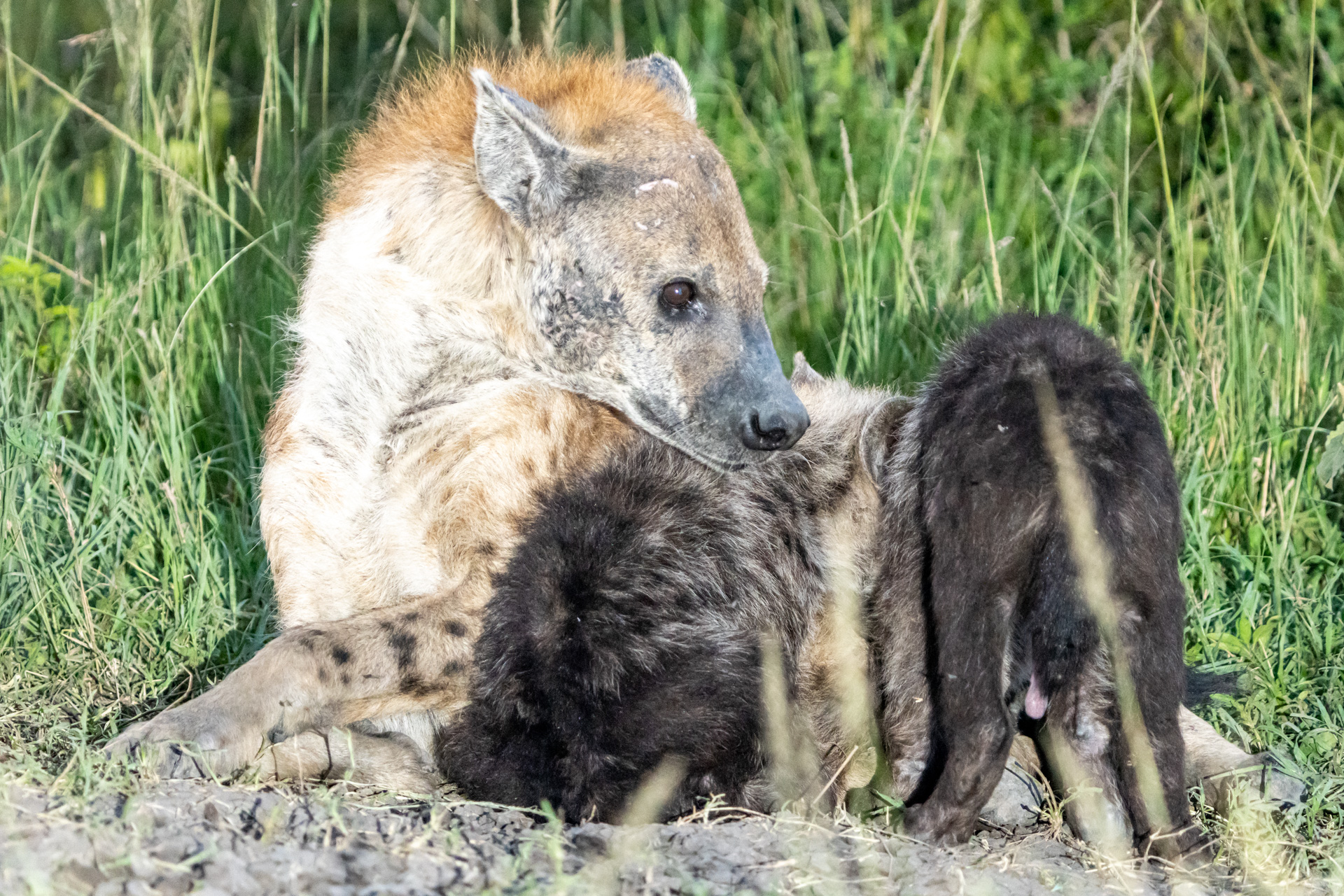
Papi and Roco, two young cubs, were very active and already quite versed in social cues. Waffles was there, a female that became the matriarch and is now retired after a younger female took her place. She nursed two of the cubs and then left the den to go hunt. It was a fascinating experience to be on a game drive at night as the park gates typically close by 19h00pm. The darkness forces you to rely on your sense of sound rather than sight.
With her strong passion for wildlife and a unique understanding of animal behaviour, Jana will present her findings in Germany later this year. If you meet her, she will ask you what your favourite animal is — and slowly convince you why it should be a hyena.
Not many people can say they have hyena researchers as neighbours and we are incredibly fortunate to have such a wealth of knowledge just around the corner. If you would like to read more from the Mara Hyena Project team and what they do, you can read their blog here.
Filed under: Stories From The Mara
Subscribe for Weekly Stories
Comments (0):
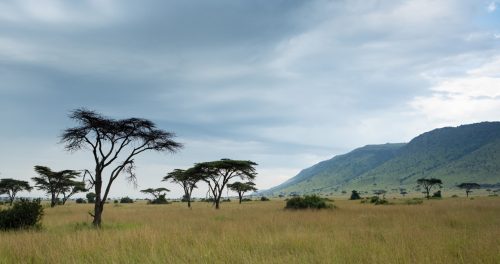
Angama Safari Camp